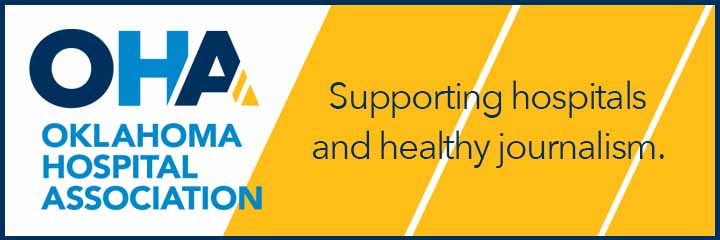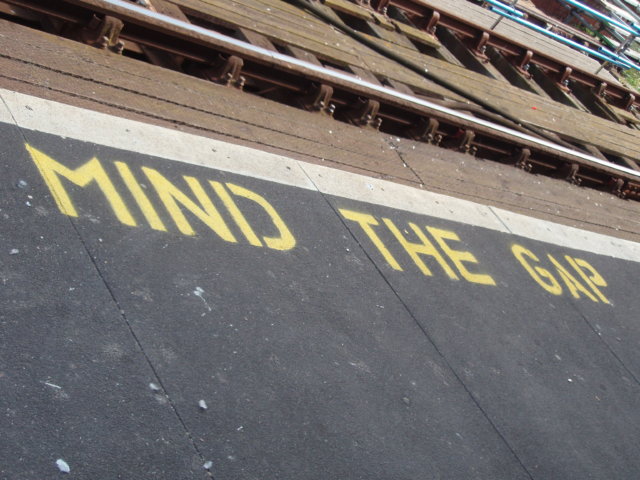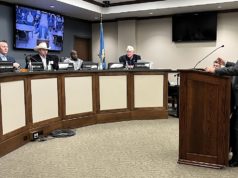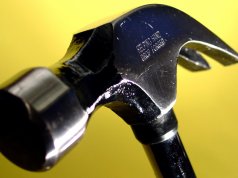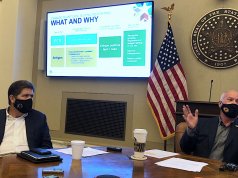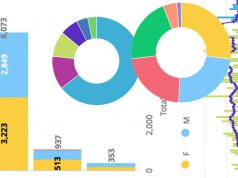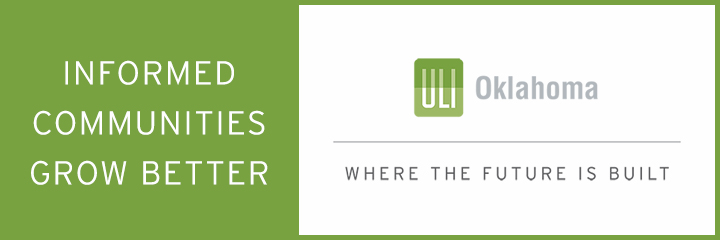
In recent years, we have heard plenty of sad news about our home state. We learned in 2016 that life expectancies of poor Oklahomans were basically tied for the lowest in the nation. Life expectancy of poor women in Oklahoma City and Tulsa had dropped to the nation’s second and third worst, respectively. Life expectancy for poor men in Tulsa and Oklahoma City were fifth and seventh worst, respectively.
The latest database publicized in September found that life expectancy in Stilwell (56.3 years) is the nation’s lowest. Two other towns, Eufaula (59.5 years) and Checotah (58.1 years), are among the 10 towns with the lowest lifespans. I looked up my address in the database and found that the life expectancy for Oklahomans is 75.7, or about three years less than the rest of the country, and life expectancy in Oklahoma County is 75.8. In my ZIP code, the average person lives almost 80 years.
Then, I changed a couple of digits and checked out North Highland, a neighborhood about three miles north of my house and characterized as having “extreme poverty.” I learned that my former students disproportionately came from a ZIP code where life expectancy was 10 years less than in my neighborhood.
Similarly, a 2015 New York Times database showed that, in comparison to the rest of the U.S., an Oklahoma County boy from the top 1 percentile will make an additional $4,590 in annual income. Meanwhile, a poor boy growing up in Oklahoma County will make $1,850 less, meaning that his home county is in the bottom 13 percentile in offering economic opportunity.
Our education system is not reducing these opportunity gaps. In 2017, we learned that 4.2 percent of students at the University of Oklahoma come from the top “1 percent,” earning $630,000 per year, but only 13.4 percent come from the bottom 40 economic percentile.
Last week, I opened up the digital New York Times’ Upshot and their data showed the adult economic incomes of my buddies who grew up in OKC’s Central Park neighborhood during the 1990s. It also gives helpful overall background information for the city. The median income of Oklahoma City families is $44,000 per year. The median for poor white families is $37,000 and $32,000 for poor Hispanic families. The median for poor black families is $23,000.
(Families in the bottom quartile of national income were defined as poor. This and the following income statistics are based on adjusted gross income from 2014-15. Income from the 1990s is based on family income percentiles from a decade of tax returns.)
The new national maps show that poor Central Park families from the ’90s, who are adults in their mid-30s now, make about $27,000 a year. Once-poor white kids now live in households that earn about $2,000 more, and once-poor Hispanic kids’ families make about $4,000 more. Once-poor Asian family incomes increased to $58,000.
Most of my young friends during the 1990s were black, and their adult families now bring home $21,000, which is $8,000 less than the poor white kids they grew up with. They were born during the crack and gangs era of the 1980s. That decade saw the complete de-industrialization of Oklahoma City, with federal tax subsidies accelerating the flight of good-paying blue collar jobs to the exurbs.
In my part of Central Park, the incarceration rate for kids who grew up poor and black is 7.8 percent, which is nearly three times the rate of their poor white neighbors. Outcomes for black males living between Walker and Western avenues and northwest 30th and 36th streets are even worse: Their incarceration rate is 19 percent. That may explain why our census tract’s males who grew up poor live in households making $11,000 less than their female peers. The employment rate for those black males is 66 percent, and their median individual income (as opposed to family income) is $13,000.
The neighborhood just to the south of us had been more affluent, but it had even more gang activity during the crack cocaine years. In contrast to Central Park, where adults mentored poor children through community gardening, citizens there became deputized and formed civilian crime patrols. Maybe that was a reason why black kids south of northwest 30th but north of 23rd Street now live in households that only make $14,000 in family income.
I explored other ZIP codes that I knew best to seek out similar or different patterns. I learned that black kids who grew up poor in North Highland in the 1990s now average $20,000 in household income, which is $13,000 less than the poor white kids they grew up with.
Whites fared about as well in the Oklahoma City University neighborhood in comparison to Central Park, but black and Hispanic family incomes dropped even further, to $17,000 and $20,000 respectively. (By the way, only 11.4 percent of OCU students come from the bottom 40 economic percentile.)
The biggest gaps I found were in the 73112 ZIP code, where the Belle Isle Library and the award-winning Belle Isle Enterprise School are located. Today, the family incomes of once-poor whites are $46,000, but blacks are $13,000. I don’t know anything about the census tract east of Tinker Field, where black income is the lowest, but the estimate is that those families make $9,900 per year even as whites who grew up poor in that area now earn $35,000.
The family incomes of $13,000 to $14,000 (or $9,900) for black kids who grew up in Oklahoma City neighborhoods must be seen in context. When the New York Times showcased the biggest extremes, it noted that some neighborhoods are so unequal in Memphis that black incomes are only $16,000.
Since I was so attached to so many of the children the Times shows have been denied economic opportunity, these numbers are personal. The poor black kids I befriended were just as loving, responsible and morally upright as any other children. Given the number of wonderful education institutions that are surrounded by these neighborhoods, the situation isn’t hopeless.
What would happen if we opened our hearts and became mentors and team players in an inclusive effort to lift all of our children?
